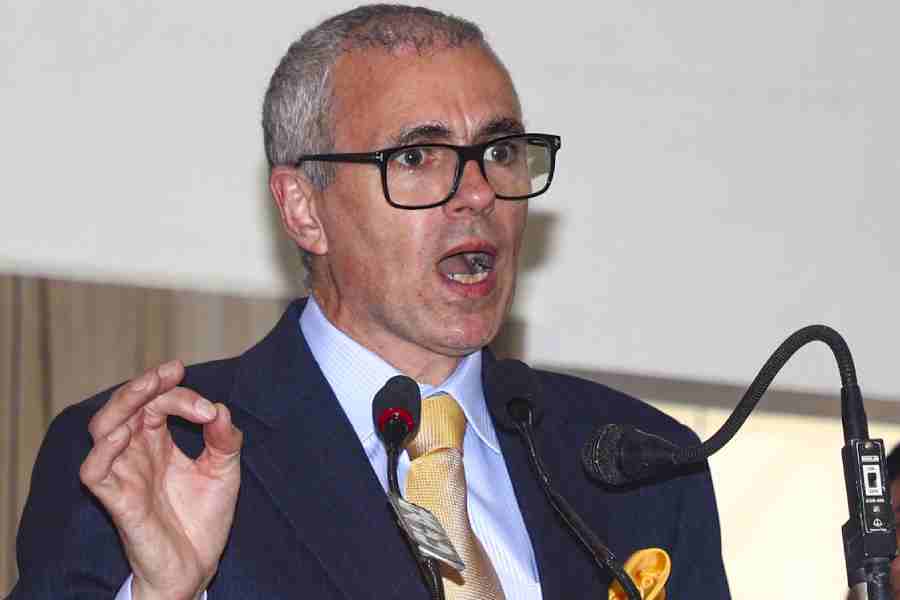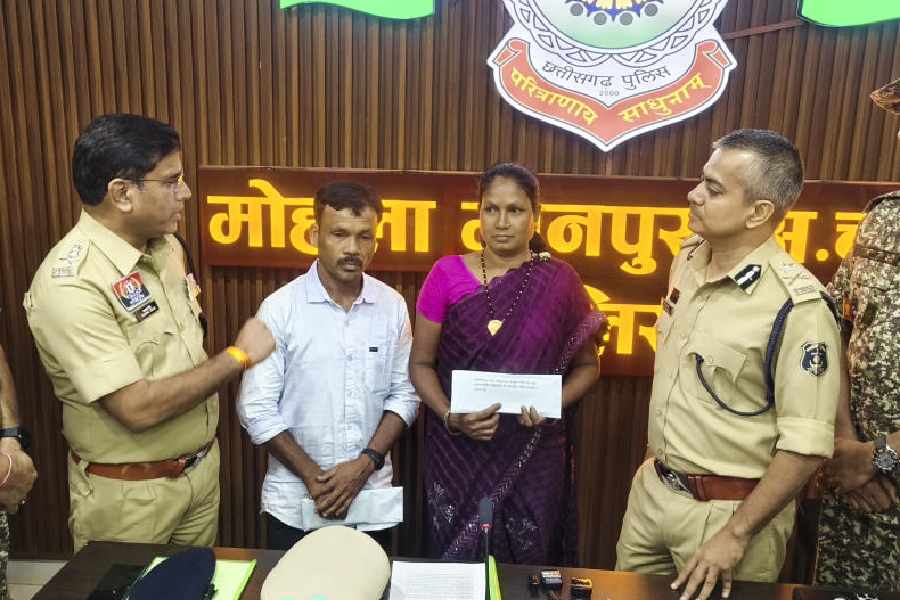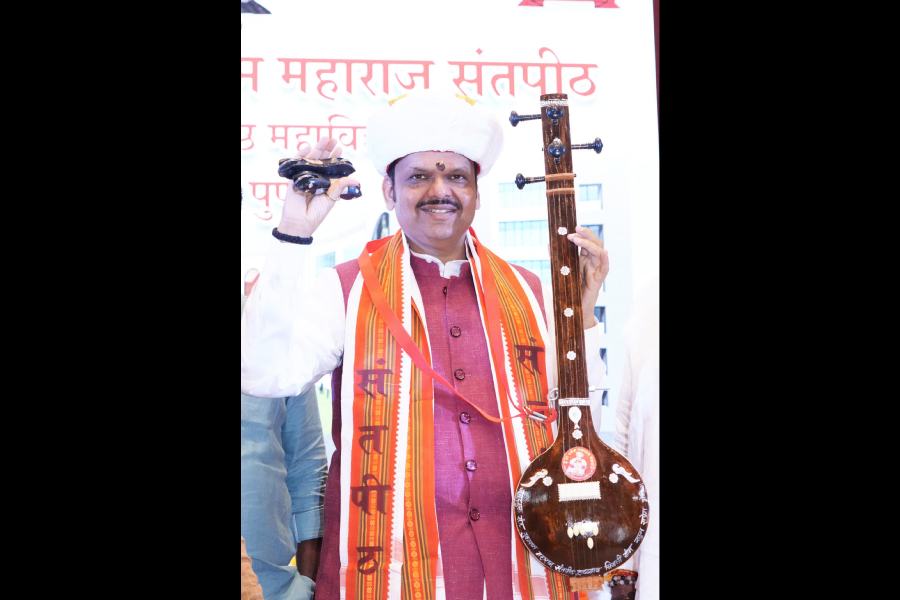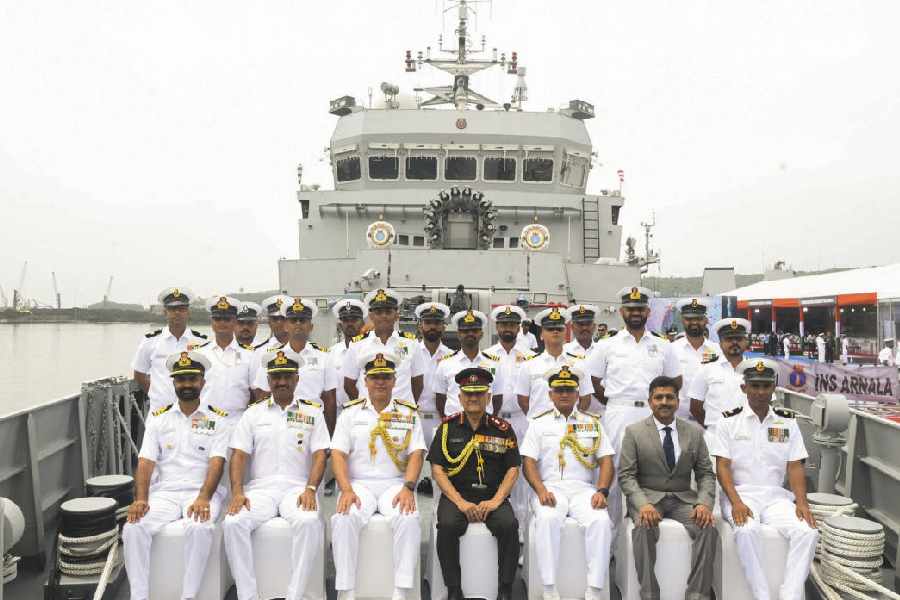 |
The American senator, Larry Pressler, had told mediapersons during his 2002 visit to Calcutta that China was not merely a source of nuclear proliferation but — what he considered more dangerous — the major source of small arms proliferation. He was bang on spot. Across the ‘little war’ theatres of South and Southeast Asia and as far as the killing fields of Iraq and now Syria, non-State actors and many State actors tend to use Chinese weapons, not only because they are cheap, easily available and easy to transport, but also because they are user-friendly and can be effectively used without much training.
China is no longer an exporter of revolution, as during the heyday of Mao Zedong and his failed Cultural Revolution. Several batches of Naga and Mizo rebels from India’s troubled Northeast marched to China’s Yunnan province between 1966 and 1976 to receive training in guerrilla warfare and marched back with weapons given to them for free to fight Indian forces. After Deng Xiaoping took charge, that stopped. Indian intelligence does suggest the presence of the United Liberation Front of Asom military wing chief, Paresh Barua, in the Myanmar-China border town of Ruili and his reported liaison with Chinese intelligence, but there is no indication that any northeastern Indian rebel groups are getting Chinese weapons for free these days. They all come for a price, as Chinese ordnance giants like Norinco seek to boost exports, even if that involves questionable means and the killing machines end up with non-State actors, including some regimes friendly with China and even in receipt of Chinese aid.
The blackmarkets of Southeast Asia, awash with weapons of American, Chinese and Soviet make in the aftermath of the Vietnam war, provided insurgents in India, Bangladesh, Sri Lanka and other southeastern Asian countries with the weapons they needed for their separatist campaigns. The Liberation Tigers of Tamil Eelam put the Naga, Manipuri and Assamese rebels of northeastern India in touch with a Karaikal syndicate (Tamil Muslims from the French colony, Karaikal, now in Tamil Nadu, who had settled in Indo-China during French colonial rule) active on the Thai-Cambodian border in early 1990s. This was when these rebels were running out of the supplies secured from Chinese sources until 1976 and from Bangladesh blackmarkets, where defeated Pakistanis had left behind much weaponry in 1971. The Karaikal syndicate would deliver these weapons to the rebel conduits at the Thai port of Ranong and the ships docked there would be cleared for their South Asian voyages by corrupt Thai generals who had been paid off. With the Khmer Rouge falling apart, more illegal weapons were available to the Karaikal syndicate to sell to the rebels of northeastern India and other groups like the Indian and Nepali Maoists who would buy from them at a premium.
That called for use of the Bangladesh coast to receive these illegal consignments and then take them into India’s Northeast or elsewhere. In April-March 1995, the Indian army launched ‘Operation Golden bird’ in southern Mizoram when it received intelligence that a combined group of Naga, Manipuri and Assamese rebels had picked up a huge consignment of weapons landed by ship at Wyakuang beach near Cox’s Bazar in Bangladesh. Thirty-eight rebels were killed and 118, including some leaders, were arrested during the several encounters between the guerrillas and formations of the 57th Mountain Division. The Myanmar army played its part by sealing its side of the border until the awarding of the Nehru peace prize to Aung Sang Suu Kyi upset them and the survivors of the trapped rebel column managed to escape into the wilds of Myanmar’s Chin Hills through gaps in the dragnet caused by the Tatmadaw’s withdrawal.
Two huge seizures of weapons in Bangladesh a decade later proved that the country’s coast was still valued as a safe zone for landing these illegal weapons shipments. In July 2003, Bangladesh police and the Rapid Action Battalion seized a huge consignment of weapons, ammunition and explosives at Jogarpara in Bogra. The consignment belonged to the All Tripura Tiger Force, believed to be close to the ULFA, but it was said to be heading for West Bengal, possibly for sale to the Indian and Nepali Maoists who had already started sourcing the weapons from northeastern rebels. Then in April 2004 came the huge seizure of weapons and ammunition at Karnaphuli jetty in Chittagong — a consignment good enough to arm two full battalions of regular forces. The case has now been revived after the Awami League came to power and a lookout notice has been issued by a Chittagong court for the ULFA military wing chief, Barua, who was believed to have been waiting in the port city for the consignment. Several top figures in the Bangladesh Nationalist Party-Jamaat e-Islami government, including the former industry minister, Motiur Rahman Nizami (of Jamaat-e-Islami), and those heading intelligence organizations in Bangladesh at that time have been implicated in the case.
The Jogarpara and Chittagong arms cases proved that illegal Chinese weapons picked up in Southeast Asia were being brought in through Bangladesh and then taken into India and elsewhere in South Asia, and that key figures in the Bangladesh government and intelligence were conniving because they wanted India destabilized and also because they may have been making a fast buck by allowing the shipments to go through. Some of these weapons were also possibly reaching the Islamist radicals in Bangladesh and India, something that had Dhaka’s support until Hasina’s government started the huge crackdown in 2009. The freezing of the ULFA bank accounts in Bangladesh led to the ultimate forfeiture of Taka 2 billion, leading many to believe that the rebel group was making more money by selling Chinese weapons to Maoists, Indian and Nepali, than by fleecing tea estate or cement factory owners in northeastern India.
In the new millennium , the pattern appeared to change. With the Chittagong-Cox’s Bazar coast firmly in India’s intelligence glare, the rebels in the Northeast, who were both users and traders in the illegal weapons trade in the region, turned to Chinese rather than Southeast sources directly. It has been widely reported that Norinco and other Chinese ordnance giants gave away informal franchises to the United Wa state army in Myanmar’s wild northeast, which started producing Chinese-designed weapons at much cheaper rates. The UWS has recently been in news for even receiving Chinese helicopter gunships to ward off a possible Myanmar army offensive. Transportation over a remote frontier region with a rugged terrain proved a challenge and the UWSA weapons were found to be notoriously unreliable, though they were a good 40 per cent cheaper at source than ‘original’ Chinese weapons sourced to Hong Kong or Southeast Asia.
It is impossible to establish direct Chinese State patronage with such an exercise — of informal franchise to non-State actors to produce weapons designed by state ordnance factories — specially because no decision as important as this would happen without Beijing’s knowledge.
But with India increasing its military and para-military presence in the Northeast and Myanmar agreeing to cooperate in checking trans-border insurgencies and also because the quality of UWSA-assembled weapons were poor and unreliable, the rebels of the Northeast started turning again to ‘original Chinese weapons ‘ available in Southeast Asia.
India has recently requested Thailand to extradite a Bangkok-based businessman it says is the mastermind behind an illegal weapons transfer deal involving Chinese arms dealers and rebels leaders from northeastern India. Thai police arrested Wuthikom Naruenartwanich alias Willy on August 30 and are grilling him for his role in the deals in Bangkok police custody.
India’s National Investigation Agency officials are already in Bangkok to question the suspect and get him extradited to India in the next few days. The NIA chief, Sharad Kumar, has claimed ‘robust evidence’ against Willy for his involvement in trying to bring a huge consignment of weapons for the National Socialist Council of Nagaland. If India manages to get Willy extradited from Thailand, it would mark the first such exchange between the two countries after they signed an extradition treaty during the visit of the prime minister, Manmohan Singh, to Thailand last year
Willy is one of the four main accused in the 2009-10 gunrunning case that was started by India after the arrest of Anthony Shimray, a top NSCN leader shown as arrested from Bihar but in reality had been dragged in from Nepal in October, 2010. The NIA says Anthony Shimray was planning to bring a huge shipment of Chinese weapons to the Cox’s Bazar coast in Bangladesh from Beihai port in the South China sea near Vietnam just before he was arrested.
The NIA claims to have figured out the entire money trail of the Shimray-Willy combine by breaking into their e-mails. They say Shimray has confessed during interrogation that he paid an advance of $800,000 in April 2010 to a Bangkok-based company run by Willy to source rocket launchers, grenades, assault rifles and ammunition for the NSCN from a weapons supplier in mainland China. It also has evidence of $700,000 paid to a Chinese firm by Willy for the deal. Another businessman who introduced Shimray and other NSCN leaders to Willy is now a witness in the case. According to the NIA chargesheet, Willy put the NSCN leaders in touch with one Yuthna. NIA suspects Yuthna was a representative of Chinese firm TCL, that was a go-between for the Chinese defence giant Norinco. Willy’s extradition and confessions are thus crucial for India to nail the Chinese end of the trail that winds through Southeast Asia and Bangladesh into the killing fields of South Asia.










